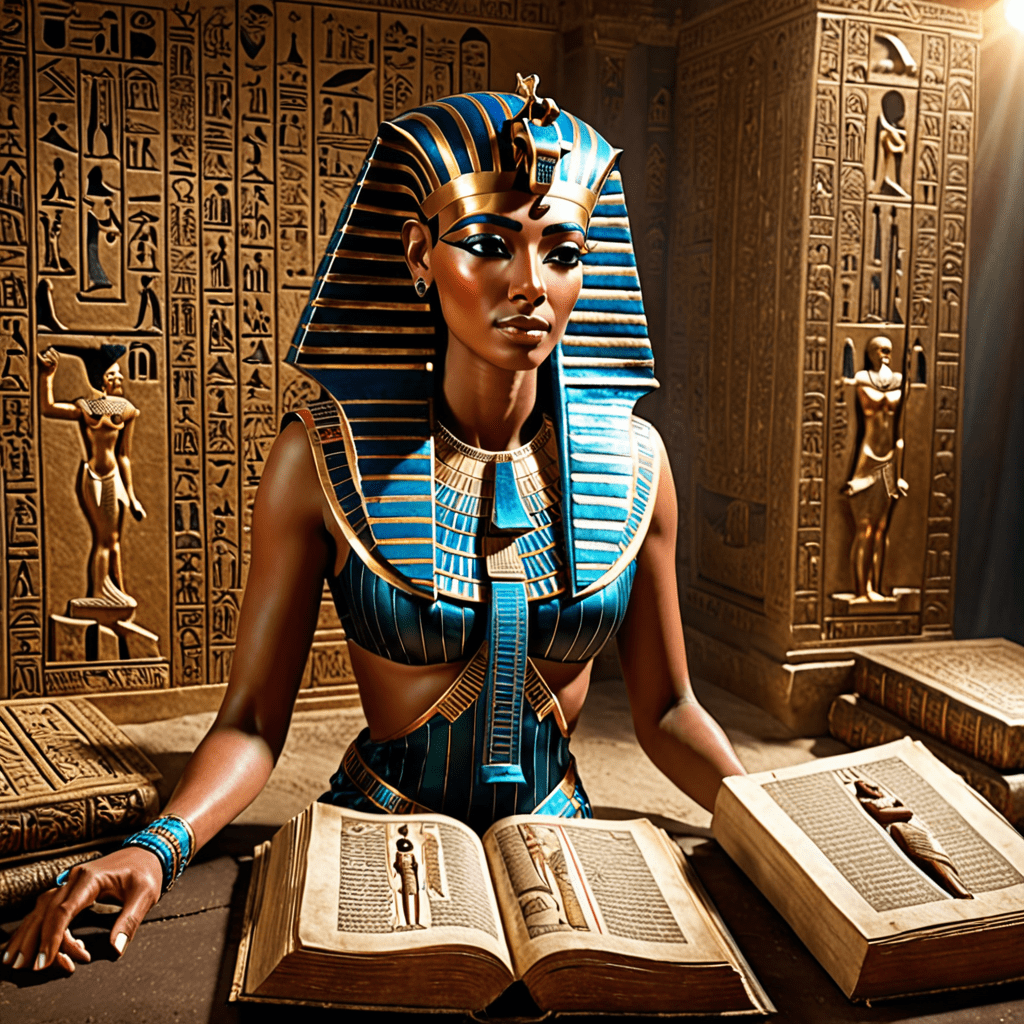Unraveling the Mystery of the Egyptian Book of the Dead
Celebrated around the world for their awe-inspiring structures and enigmatic artifacts, the ancient Egyptians left behind a legacy that continues to captivate researchers and enthusiasts alike. One of the most intriguing pieces from their civilization is the Egyptian Book of the Dead. Let’s delve into the fascinating world of this ancient funerary text and unravel its mysteries.
The Origins of the Egyptian Book of the Dead
The Egyptian Book of the Dead, known as “The Book of Coming Forth by Day” in its original context, is a collection of spells, prayers, and illustrations intended to guide the deceased through the afterlife. It dates back to the New Kingdom (circa 1550–1070 BCE) and was typically inscribed on papyrus scrolls buried with the deceased. The Book of the Dead was meant to assist the soul in its journey through the underworld and help it achieve a favorable afterlife.
Themes and Symbols in the Book of the Dead
The text of the Book of the Dead is rich in symbolism and imagery. The ancient Egyptians believed in a complex afterlife where the soul faced trials and judgments before reaching its eternal reward. The book contains spells and instructions to help the deceased overcome obstacles, navigate the underworld, and ultimately emerge victorious in the Hall of Judgment where their heart would be weighed against the feather of Ma’at, the goddess of truth and justice.
Understanding the Impact of the Book of the Dead
Besides being a guide for the afterlife, the Egyptian Book of the Dead provides valuable insights into the beliefs, rituals, and society of ancient Egypt. It reveals the importance of death and the afterlife in Egyptian culture, shedding light on their views on morality and cosmology. The text reflects the intricate religious and funerary practices that were central to the lives of the ancient Egyptians.
Legacy and Influence of the Book of the Dead
Even though the Egyptian Book of the Dead had a specific function in antiquity, its influence extends far beyond its original purpose. Today, it is a vital resource for Egyptologists and historians studying ancient Egyptian religious beliefs. The intricate artwork and profound teachings found in the book continue to inspire artists, writers, and filmmakers, keeping the mystique of ancient Egypt alive in the modern world.
FAQ: Unraveling the Mystery of the Egyptian Book of the Dead
What is the Egyptian Book of the Dead?
The Egyptian Book of the Dead, also known as “The Book of Coming Forth by Day”, is an ancient Egyptian funerary text that guides the deceased through the afterlife. It contains spells, instructions, and hymns to help the soul navigate challenges and reach the afterlife successfully.
What is the significance of the Book of the Dead?
The Book of the Dead played a crucial role in Egyptian religious beliefs, as it provided a roadmap for the soul’s journey to the afterlife. It emphasized the importance of rituals, prayers, and proper conduct to ensure a safe passage and a favorable judgment by the gods.
How was the Book of the Dead used?
The Book of the Dead was typically written on papyrus scrolls and buried with the deceased to assist them in the journey to the afterlife. Priests and scribes often personalized the text by including the name and titles of the deceased, tailoring the spells to suit their individual needs.
